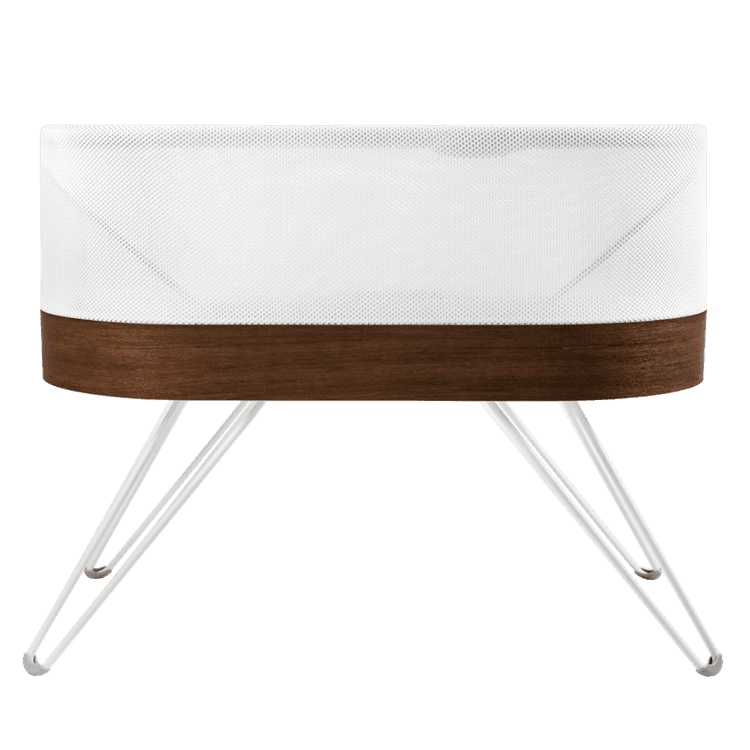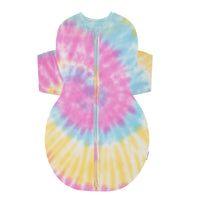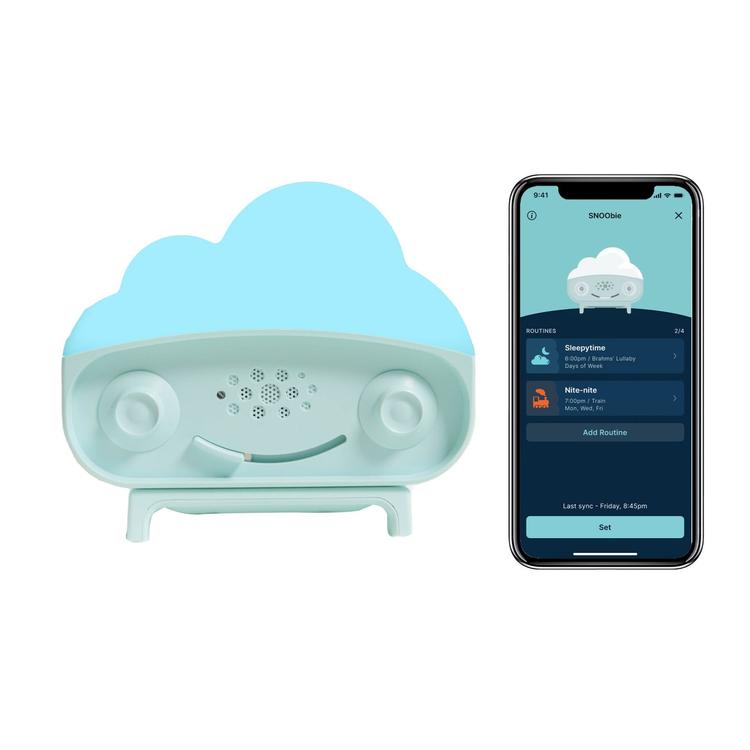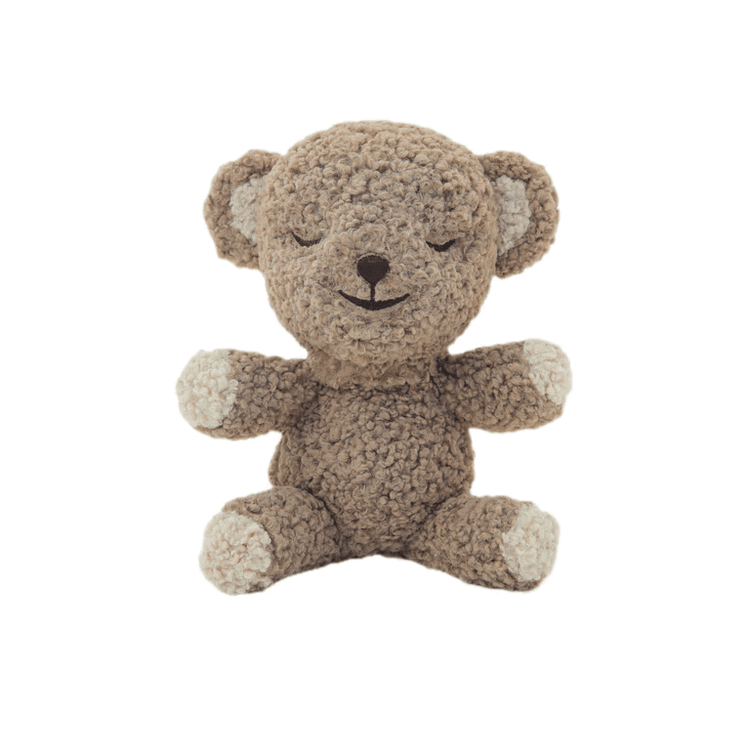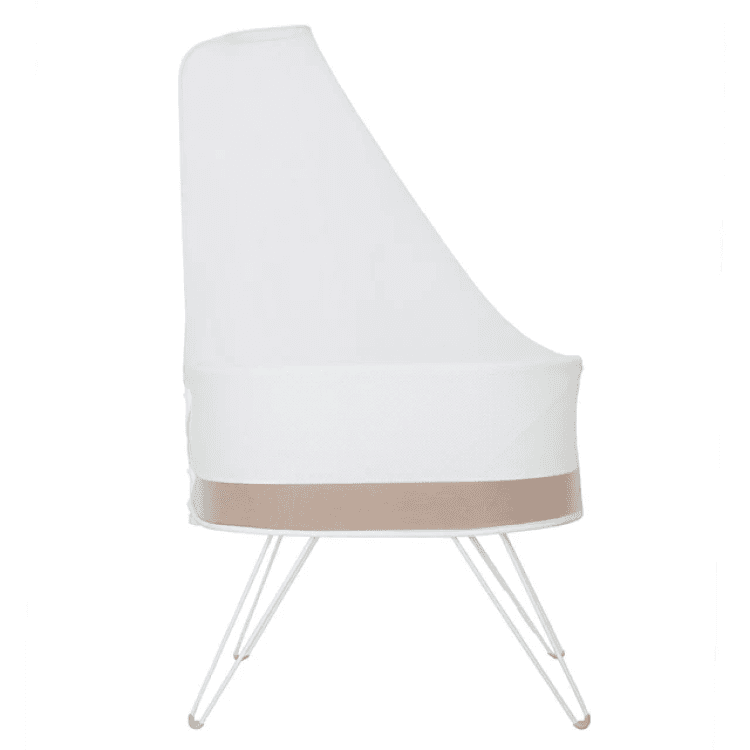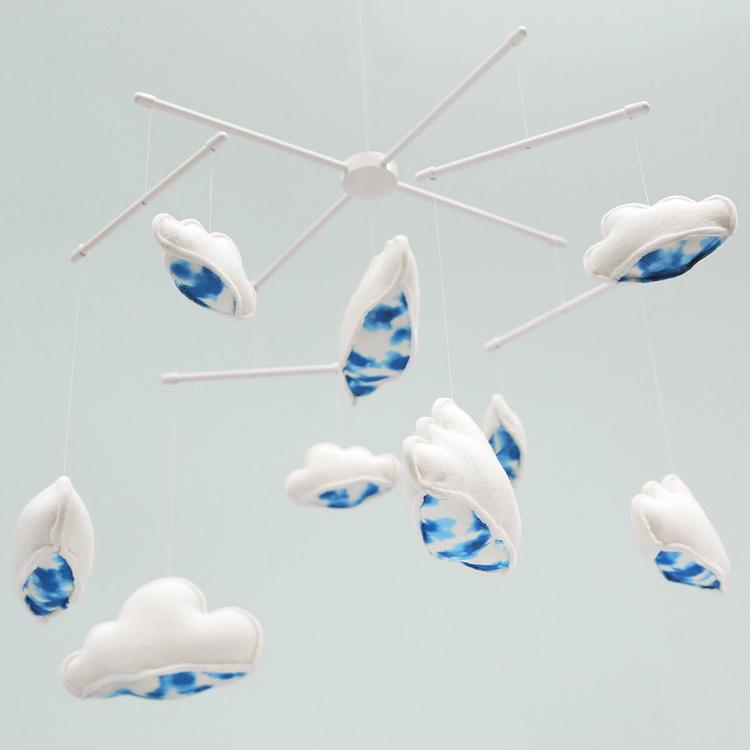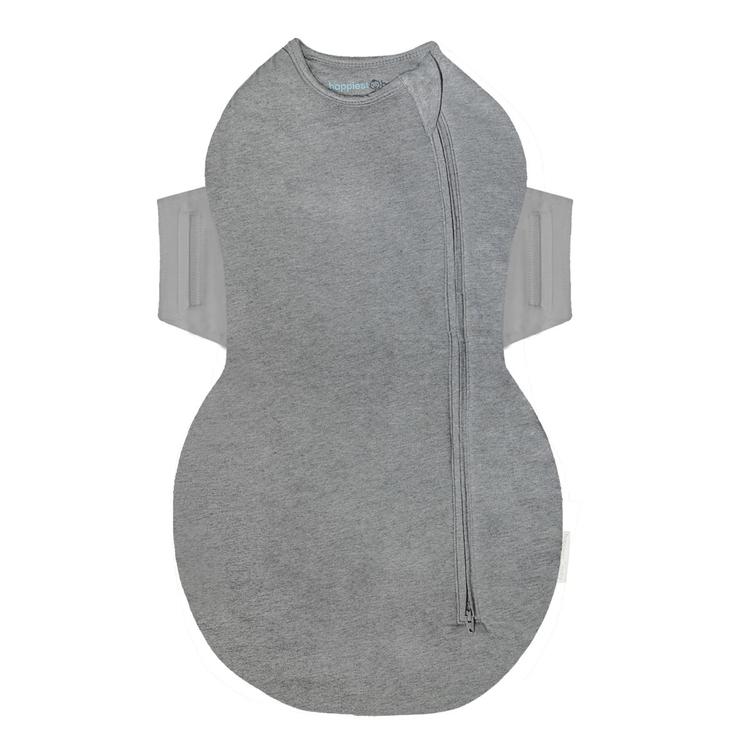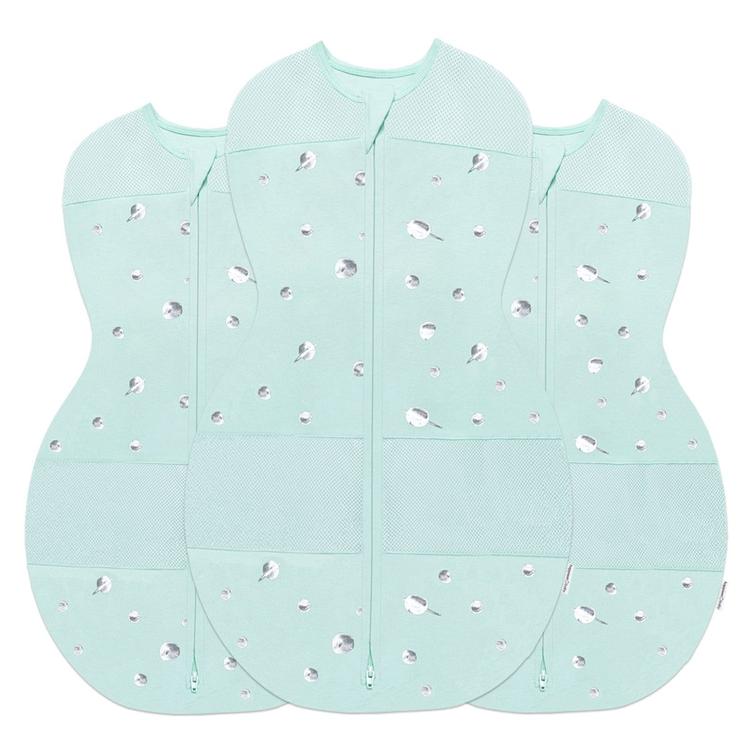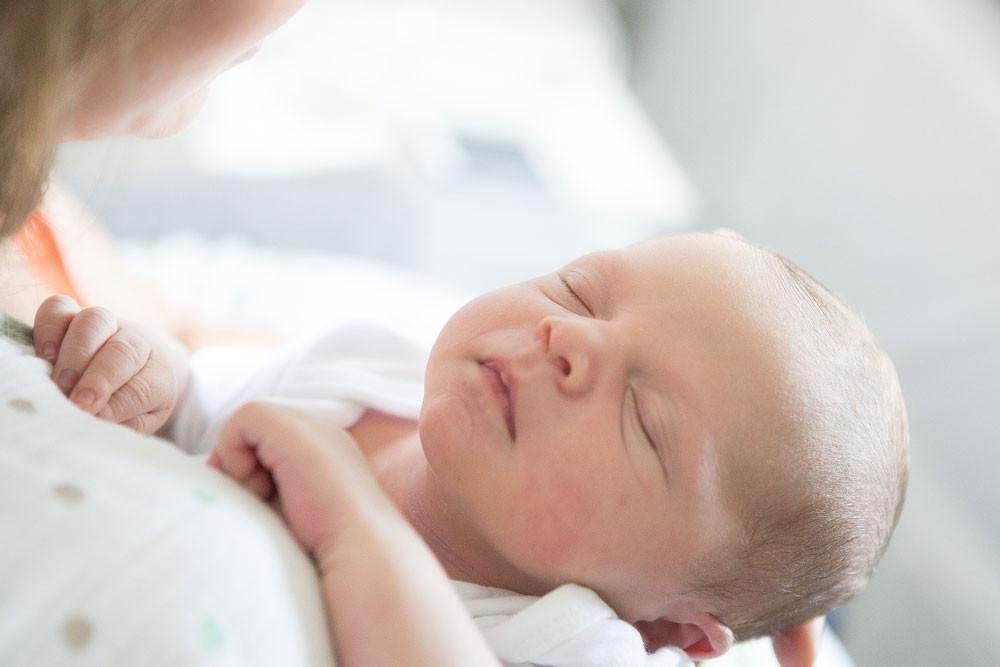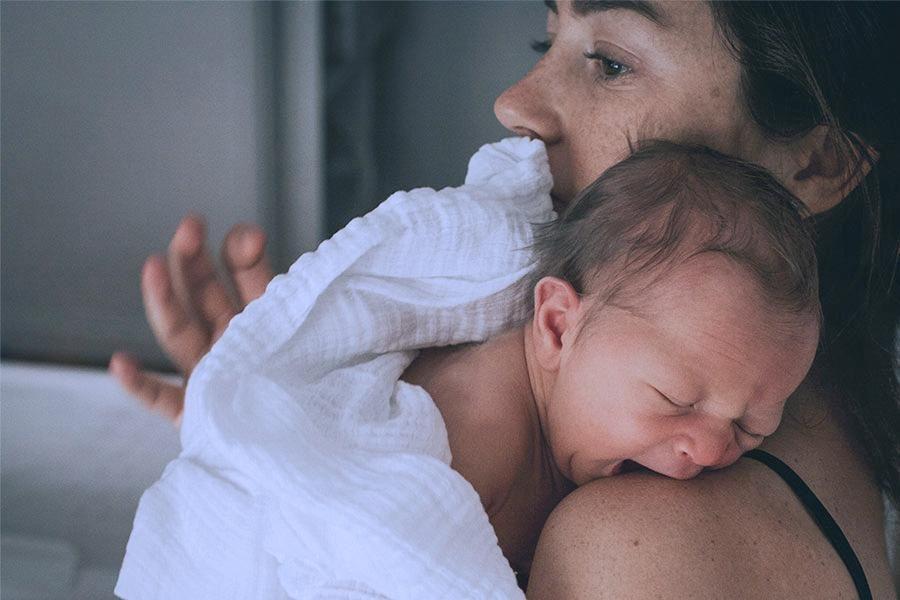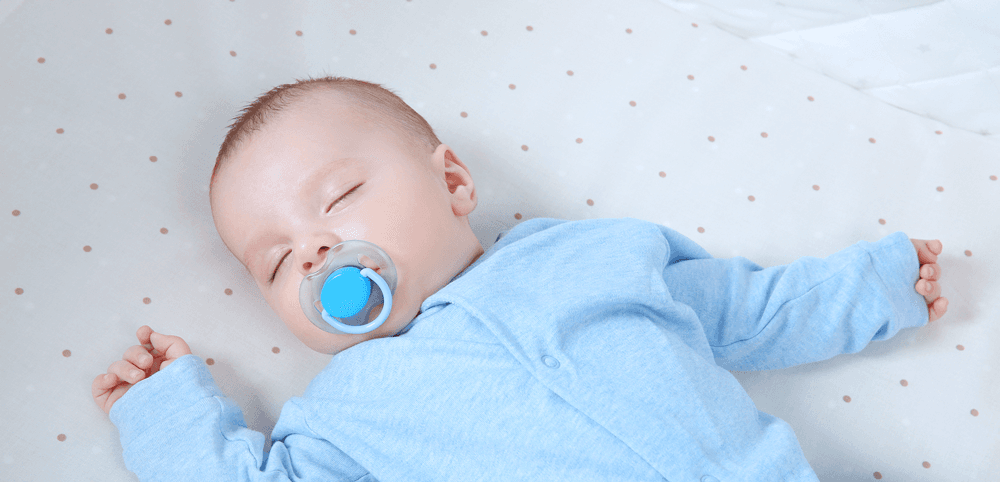For us grown-ups, life's two yucky inevitabilities are death and taxes. But for babies (and their parents) those inevitabilities are poo…and nappy rashes.
Nappy rash is nothing to feel bad about (okay, your baby may disagree about that), but they are pretty common considering the irritation that can come from sitting in a nappy wet with pee or acidic baby poo for a few minutes. Fortunately, there are a few simple things you can do to treat nappy rashes…and even stop them before they happen.
What causes nappy rashes?
This is not too big a mystery: Pee and poo are irritating to baby’s sensitive private parts. Baby poop is pretty acidic (especially in the first weeks) and pee that sits too long turns into ammonia, which is also very irritating. Not surprisingly, diarrhoea is a common culprit for bringing on some fast and furious rashes.
Other possible nappy rash-triggers are:
- diet (acidic eats—like oranges, strawberries, and tomatoes—can make poop irritating)
- chafing (from a too-tight nappy or clothing can rub and cause rashes)
- sensitivity to a chemical (from laundry detergent to wipes to the nappy itself)
Less common causes for nappy rash are bacterial, fungal, and yeast infections. Bacteria and fungi love a moist jungle…and that makes your baby’s loaded nappy a paradise for those creepy crawlies! Yeast grows in the absence of 'good' bacteria and often makes its appearance when a baby or breastfeeding parent takes antibiotics, which kill the protective bacteria, allowing the yeast to flourish.
All that means you may have to become a sharp-eyed detective to figure out the clues!
What does a normal nappy rash look like?
Nappy rashes look red and angry! They typically appear as bright pink or red patches on the genitals, buttocks, thighs, or belly. They may look shiny or have small, red bumps and slightly flaky skin…they are a little sore and irritated…and a bit uncomfortable.
As you would imagine, there are a few warning signs that will tip you off when a garden variety rash turns into a four-alarm fire. If you see open sores, pus-filled blisters or yellow crusting in the nappy rash, your baby may need prescription medication. Call your paediatrician if the rash keeps getting worse, is very painful, or is accompanied by a fever.
How to treat a nappy rash:
Gently clean and dry the area, then apply an over-the-counter nappy cream to the rash. These creams act as a barrier between a wet nappy and your baby’s skin. Some are petroleum-jelly-based and greasy while others are zinc-oxide-based and pasty. Experiment to see what works best for your baby. You do not have to wash the cream off between nappy changes (unless it has gotten poopy). Just layer cream on as needed.
You could also use aloe, which has antimicrobial and anti-inflammatory properties. Clean the leaf with alcohol and squeeze out some of the gel to apply it. For a super fiery rash, you may need a bit of cortisone (look for formulas with 1% cortisone) to tamp down inflammation.
There is an old medical saying that 'if it is dry, wet it, and if it is wet dry it,' which ends up being true when it comes to nappy rashes. Since friction can cause a rash, restoring the moisture barrier with cream or gel (as described above) can help. On the flip side, too much moisture can cause a rash, so if that is the case, you can sprinkle a tiny bit of corn starch to dry the area. This is a better alternative to baby powders, which can be dangerous if inhaled. Worse, talc-based baby powders have been linked to certain cancers.
How to prevent a nappy rash:
It is hard to prevent nappy rashes 100% of the time, but you can make them less likely to occur by taking the following steps:
- Change your baby’s nappy often—every two to three hours and whenever you notice a bowel movement has occurred.
- Use the most absorbent nappy you can find to wick away moisture from Baby’s skin, especially overnight. If you are using cloth nappies, consider temporarily switching to a disposable nappy until the rash clears.
- Choose alcohol-free and fragrance-free baby wipes or try using a washcloth moistened with warm water to clean Baby’s tender skin during nappy changes. If the nappy rash hurts, you could apply water with a spray bottle to avoid contact.
- Apply a thick layer of barrier cream to rash-prone areas as a preventative measure. Use a cream with zinc oxide and/or petroleum jelly.
- Let your baby’s nappy area air dry before putting on a new nappy.
- Build some nappy-free time into each day. For instance, tummy time could be naked time—just lay down a washable blanket in case of accidents. The more time you can give your baby without a nappy on, the better when it comes to preventing rashes.
- Keep the area clean with a daily bath using a gentle, fragrance-free cleanser.
- Make sure nappies and onesies are not too tight so chafing does not occur. You might even try sizing up.
- Pay attention to how different solid foods affect your baby’s rashes. Avoid foods that seem to make rashes worse.
- Scrub your own hands well after nappy changes to avoid spreading bacteria.
What about cloth nappies?
Well, there is no question: Paper nappies cannot be recycled, but cloth can…so score 1 point for the cloth alternative. From an environmental point of view, they do not pile up in city landfills. On the other hand, they do use much more water resources, nappy services to truck them back and forth, and there may be more of a hygiene issue (while most nappy changes are just pee, storing the poopy nappies can be a hassle and some doctors believe they are more likely leak and cause nappy rash).


